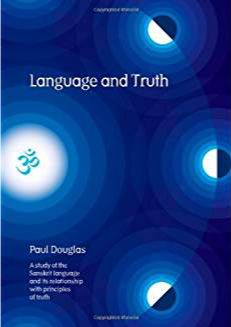Q: In your comment on the article by Arun Kumar, I was confused but intrigued that you define Mithya as something that simply explains the fundamental nature of the Brahman in life and its objects. I have not so far found any dictionary that defines mithya as anything other than false or illusory nor discovered any major scholar-philosopher who thought that Shankara viewed this world as a reality – as real as the ornament in your metaphor. You say that Shankara himself by discriminating between the waking and dream states suggests that novel meaning of Mithya. Is this your own interpretation or does Shankara himself link the ability to differentiate between those states to explain mithya?
You raise the example of how jumping into the middle of traffic would help one realize why this world is NOT an illusion… but it is not convincing enough. Potentially, both a person jumping in front of a truck and his consequent “death” could be perceived as illusory events too. The real question I have is whether Shankara himself viewed this world as illusion and used Mithya to convey that or not. And, if it was an illusion for him, what did he think the meaning of life was? If on the other hand life was Not an illusion to him, as you seem to suggest, what was its purpose in that case?
Continue reading

